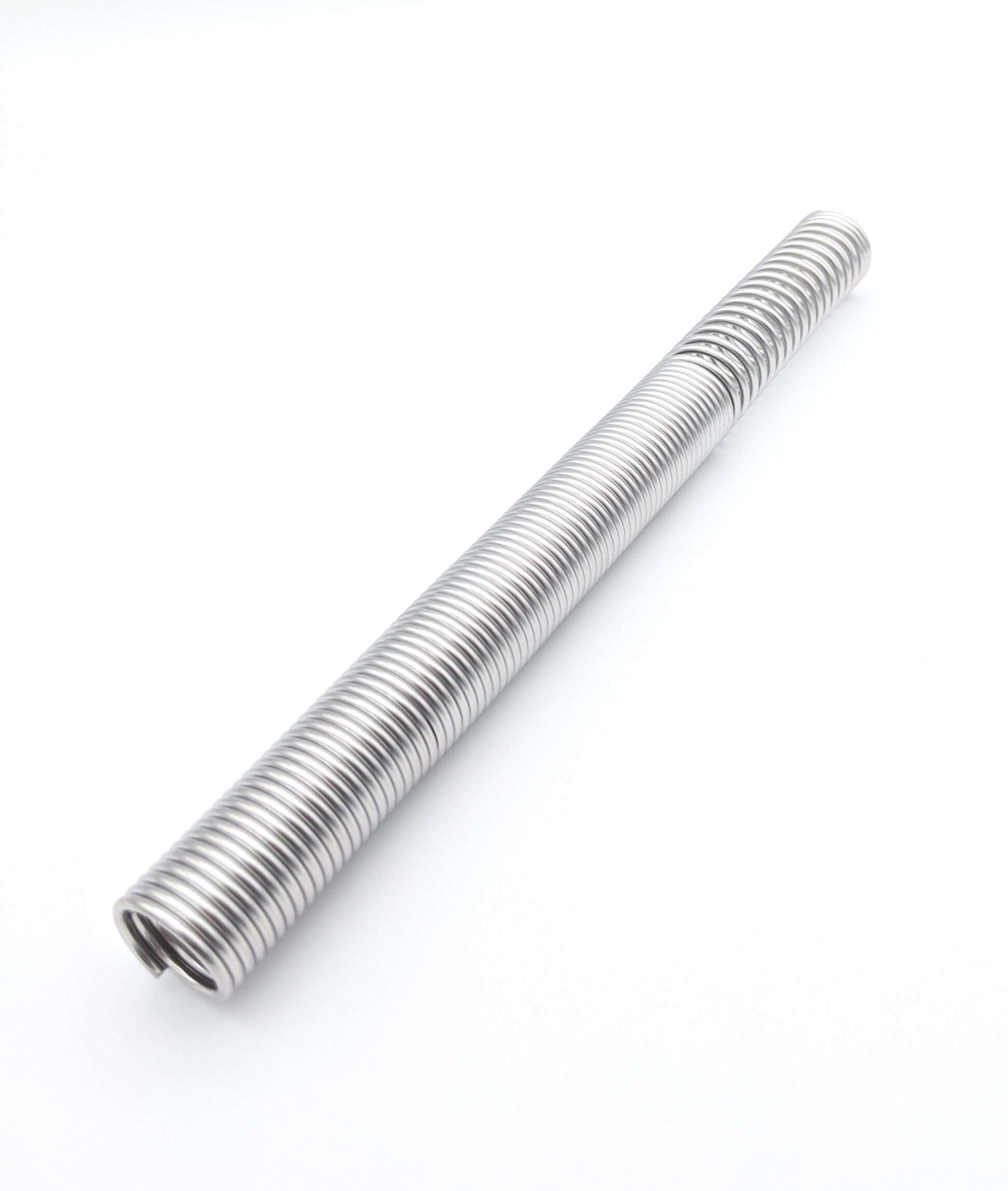Get unique, complex parts easily. No matter your requirements, Chaoyi Spring creates hard-to-produce coil springs and wire forms.
Let us help you create the custom wire form you need, from S-hooks and J-hooks to utility hooks and more.
We work closely with customers across a wide range of industries, helping them design and manufacture made-to-order parts.
Why choose Chaoyi Spring? We prioritize customer-focused collaboration, modern equipment and the latest technology to make your parts per print.
Find the information and guidance you need, from measuring a spring to learning about materials, placing an order and much more.
When it comes to mechanical systems, springs play a crucial role in providing elasticity and storing energy. But did you know that there are different types of springs designed for


When it comes to mechanical systems, springs play a crucial role in providing elasticity and storing energy. But did you know that there are different types of springs designed for specific functions? Two common types are torsion springs and tension springs. While they both involve the storage and release of energy, they differ significantly in how they work and where they are applied. Let's delve into the world of springs and explore the unique characteristics of torsion springs and tension springs.

Imagine a spring that stores energy by twisting rather than stretching or compressing. That's precisely what a torsion spring does. It's designed to exert a force when rotated or twisted around its axis. Think of a spring-loaded door closer, a retractable tape measure, or the spring in a mechanical clock – they all rely on the twisting action of a torsion spring.
Torsion springs are typically made of a single piece of wire that's coiled or wound into a specific shape. When you apply a torque or twisting force to the spring, it stores energy in its coiled configuration. When you release the torque, the stored energy is released, and the spring returns to its original position. The amount of force the spring exerts is directly proportional to the angle it is twisted.
Tension springs, on the other hand, are designed to store energy when stretched or extended. Think of a spring-loaded clothesline, a retractable pen, or a spring used to open a door. These applications all utilize the stretching ability of a tension spring.
Tension springs are usually made of a coiled wire that's attached at both ends. When you apply a pulling force to the spring, it stretches and stores energy. Upon releasing the force, the spring contracts back to its original length. Similar to torsion springs, the force exerted by a tension spring is directly proportional to how much it is stretched.
Now that we have a basic understanding of each spring type, let's break down the key differences between torsion springs and tension springs:
The choice between a torsion spring and a tension spring depends on the specific requirements of your application. If you need a spring to handle a twisting force, a torsion spring is the way to go. If you require a spring to handle a pulling or stretching force, a tension spring is the better choice.
Consider the following factors when deciding on the right spring type:
Imagine you're designing a simple door closer. You need a spring to help the door close smoothly. A torsion spring would be a good choice here. The torsion spring is attached to the door and a fixed point. When the door is opened, the spring is twisted, storing energy. As the door is released, the spring untwists, providing a controlled force to close the door.
Now, let's say you're designing a retractable tape measure. You need a spring to pull the tape back into the housing. A tension spring would be the perfect solution. The spring is attached to the tape and the housing. When you pull the tape out, the tension spring stretches and stores energy. Upon releasing the tape, the tension spring contracts, pulling the tape back into the housing.
Torsion springs and tension springs are essential components in numerous mechanical devices, each playing a crucial role in storing and releasing energy. By understanding the unique characteristics of each type, you can make informed decisions when selecting the right spring for your application. Whether you're working on a complex machine or a simple door closer, springs are a vital part of many everyday devices, and their power continues to amaze us!
Remember, the right spring can make all the difference in the performance and reliability of any mechanical system. Next time you encounter a spring-loaded mechanism, take a moment to appreciate the ingenuity and functionality of these seemingly simple yet powerful components.
Browse some of the custom wire forms and springs that we manufacture. Don’t see what you need? We specialize in made-to-order products that meet your application requirements.
Visit Our GalleryNeed a custom wire form or coil spring? We make it work. Fill out the contact form and a representative will respond within 1 business day. If you have a PDF or CAD file, you can submit to request a quote.